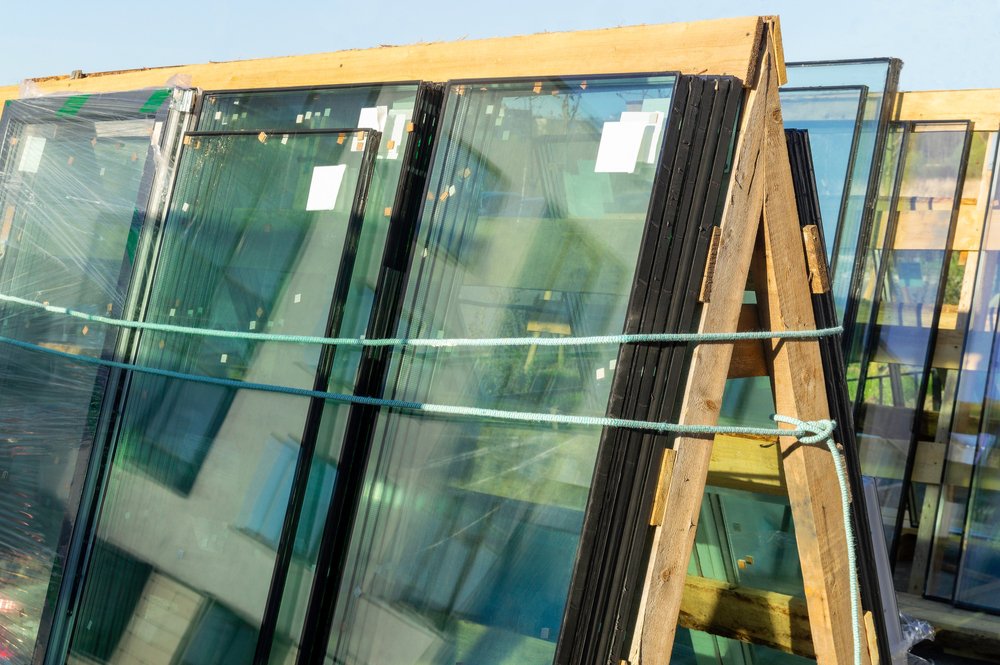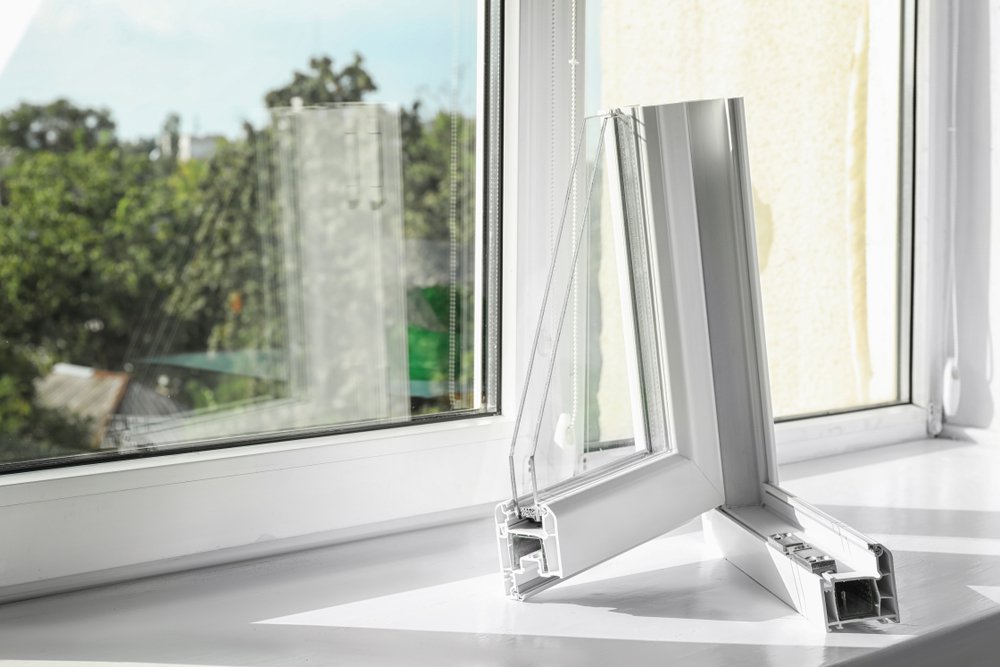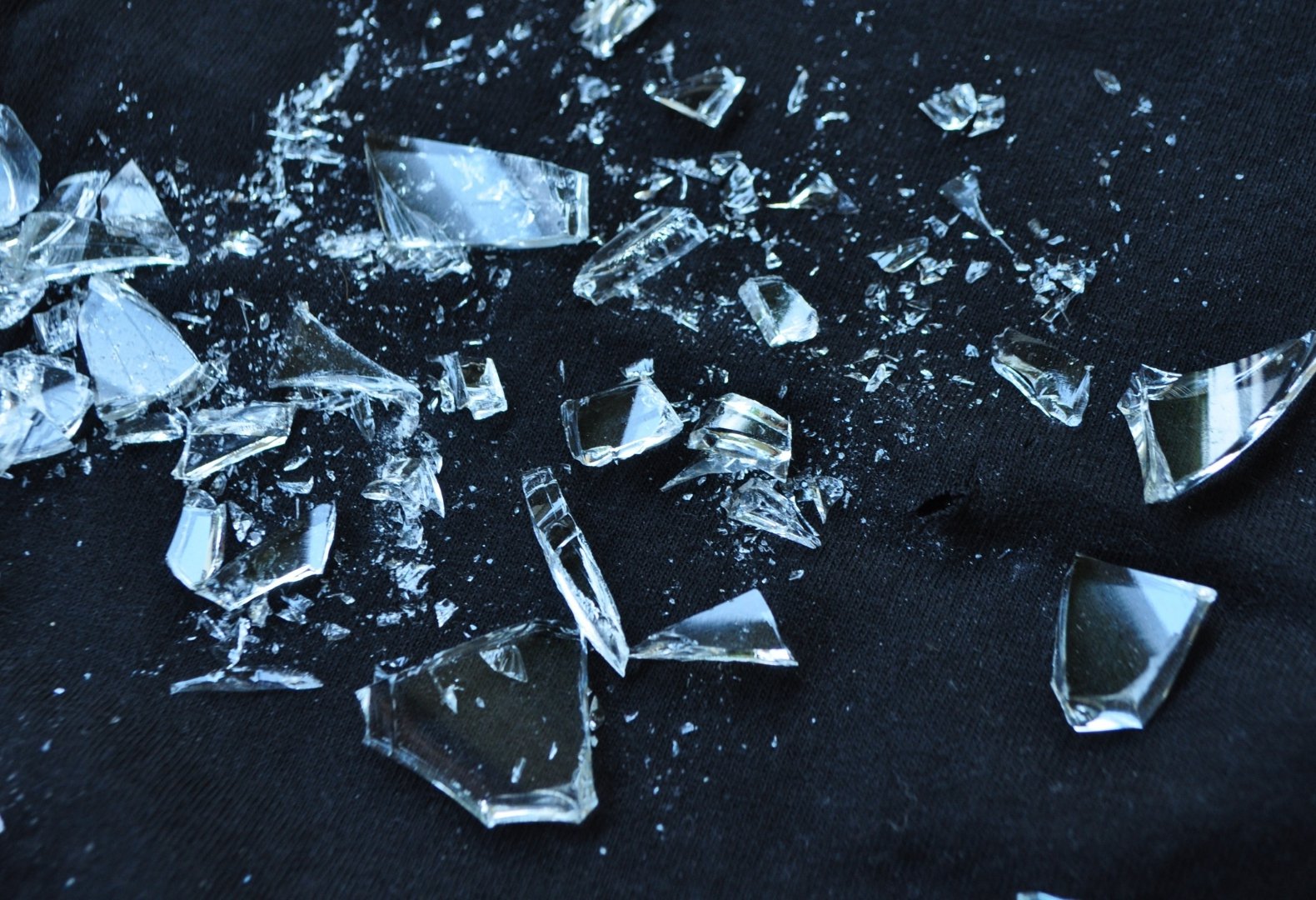Glass is a staple in modern construction, offering clarity, style, and structural integrity. But for all its versatility, it’s notoriously vulnerable. During handling, transport, and installation, even the smallest particles or missteps can cause costly surface damage. This is why protective film application is not just a precaution—it's a vital step in preserving product quality from the manufacturing floor to the job site.
Protective films act as temporary shields that guard against scratches, adhesive residue, dust, and moisture. They help maintain the pristine condition of glass until it’s ready to be installed, reducing waste, cutting down on delays, and protecting project timelines. But not all protective films are created equal—and their effectiveness depends heavily on selecting the right product and applying it correctly.
Why Protective Film Application Matters for Glass Integrity
Glass surfaces are highly susceptible to damage long before they’re installed. Transport, handling, and storage all present unique challenges, and even minor contaminants can leave behind permanent marks or cloud the finish. Protective film application offers a simple, cost-effective way to shield glass during these high-risk phases.
Here’s what protective films help defend against:
- Dust and Debris: Micro-scratches from airborne particles can ruin the optical clarity of glass and affect its finish.
- Adhesives and Sealants: Residual chemicals used in glazing or framing can leave smudges or bonding marks.
- Moisture Exposure: Water intrusion during storage or transit can cause fogging or staining, especially in multi-pane units.
By providing a durable yet removable layer of defense, protective films keep glass in like-new condition until it’s permanently placed—avoiding the need for rework, touch-ups, or costly replacements.
Choosing the Right Protective Film for the Job
A successful protective film application starts with choosing the right product. The effectiveness of a film depends on its material properties, how it interacts with the glass, and how it behaves over time. Key factors to consider include:
1. Film Thickness
Thicker films offer greater protection against impact and abrasion, making them ideal for long hauls or construction zones. However, ultra-thick films can be harder to remove and may leave adhesive residue if left on too long. Match film thickness to the expected level of handling and exposure.
2. Adhesion Strength
The adhesive used in the film must strike the right balance. It should stick firmly enough to stay in place during movement and weather fluctuations but release cleanly when it's time to peel it off. Look for films with low-tack adhesives designed specifically for glass protection.

3. Ease of Removal
A well-designed film should peel away easily and cleanly, without tearing or leaving residue behind. Some films also include features like directional arrows or tabs for quick removal, streamlining the installation process.
Carefully evaluating these characteristics ensures that your protective film does its job without introducing new problems later in the process.
Best Practices for Protective Film Application
A flawless protective film application begins with proper prep and technique. Skipping steps or applying film under poor conditions can reduce its effectiveness or damage the glass during removal.
Surface Prep is Non-Negotiable
Before applying the film, clean the glass thoroughly with a lint-free cloth and a streak-free cleaner. Any particles left on the surface can interfere with adhesion or cause bubbles and scratches once the film is applied.
Control the Environment
Temperature and humidity matter. Film should be applied in a stable environment to ensure consistent adhesion. Extreme cold or heat can alter the adhesive properties, leading to curling or peeling.
Apply with Care
Start at one edge and slowly apply the film across the surface, smoothing it out with a squeegee or applicator to eliminate bubbles and creases. Ensure full contact without stretching or pulling the film excessively.
Safe and Clean Removal Techniques
Even the best protective film can cause issues if removed improperly. Follow these techniques to ensure a clean peel that won’t compromise your finished product:
- Warm the Film: Slight heat (via a hairdryer or heat gun) can loosen the adhesive and make removal smoother.
- Time it Right: Avoid leaving the film on too long. Over time, adhesives may bond more tightly, especially under prolonged UV exposure.
- Peel at an Angle: Remove the film slowly at a 45-degree angle to reduce stress on the surface and minimize tearing.
Proper removal is just as important as application. Done right, it leaves glass surfaces clear, clean, and ready for installation.

How We Use Protective Film Application at Insul-Lite Manufacturing™
At Insul-Lite Manufacturing™, we’ve built our reputation on delivering high-performance insulated glass that arrives in perfect condition—ready for installation. To make that possible, we incorporate protective film application into every stage of our handling process.
Our Protect® Glass Film is carefully selected to meet the demands of modern construction—balancing thickness, adhesive strength, and removal ease. This reduces the risk of damage in transit and ensures our sealed units maintain their quality from our facility to your project site.
We also see this as part of our commitment to sustainability. By minimizing breakage and surface defects, protective film reduces the number of replacements and reworks—helping to conserve resources and improve overall project efficiency.
Actionable Takeaways for Glass Professionals
For anyone working with glass, protective film application is a simple step that yields serious benefits. Here’s how to make it work for your business:
- Select wisely: Choose films with the right balance of protection and removability.
- Apply correctly: Clean surfaces, control conditions, and follow best practices.
- Remove responsibly: Don’t rush it—take the time to do it right.
And if you’re sourcing insulated glass units, work with a manufacturer that treats protection as a priority. You’ll save time, reduce material waste, and increase client satisfaction.
Protect Your Glass—Protect Your Reputation
Glass doesn’t get second chances. One scratch can cost time, money, and customer trust. That’s why we treat protective film application as a non-negotiable standard—not an afterthought.
At Insul-Lite Manufacturing™, we deliver sealed units backed by thoughtful handling and proven protective practices. Want your next glass order to arrive flawless and installation-ready?
Contact us today to learn how we can support your next project with premium insulated glass and best-in-class protection.





